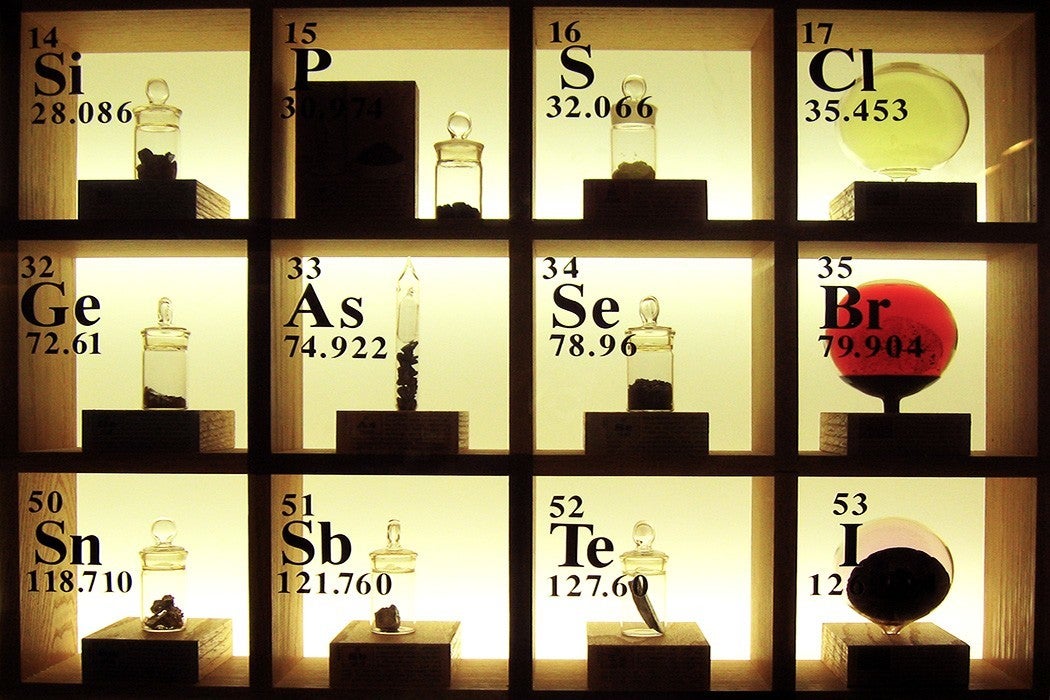The International Union for Pure and Applied Chemistry (IUPAC) recently announced the names of four newly discovered elements. The new elements received their names once their existence was confirmed. Moscovium, tennessine, and nihonium were all named after the places where they discovered, while oganesson was named for a physicist, Yuri Oganesson.
Unsurprisingly, given the prominent place elements hold in the science world, naming elements is serious business. The right to name an element is generally given to the element’s discoverer, subject to approval by IUPAC (e.g., no hitlerium or poopium). Generally elements need to be named for places, mythical characters, minerals, or elemental properties. It’s considered tacky to name an element after yourself, but names of other scientists, especially those associated with element discovery, are fair game.
One of the more interesting naming schemes out there involves the transuranium elements, named for the planets of the outer solar system. Uranium (#92) is the heaviest naturally occurring element, and is named for the planet Uranus. Neptunium (#93) is the first element beyond (heavier than) uranium, just like its planetary namesake, Neptune, is beyond Uranus’ orbit. Noted element hunter and physicist Glenn Seaborg, upon discovering element #94, continued the planetary theme and chose the name plutonium. At that point Seaborg was out of planets and did not know what to name #95 and #96. He eventually settled on americium and curium after Marie Curie.
Naming elements can be controversial. Consider the sordid case of niobium, formerly known as columbium. Charles Hatchett first isolated columbium in 1801, but a few years later his claim was overruled by William Wollaston. Wollaston decided that columbium was identical to an existing element, previously identified as tantalum. In 1846, columbium was renamed yet again by Heinrich Rose, who found an element in the mineral tantalite and claimed credit for discovering a new element that he dubbed niobium. Rose had actually rediscovered columbium, but for whatever reason, niobium stuck. The argument was often bitter, and not settled until 150 years later in a political compromise. Niobium, preferred in Europe, was selected as the official name. Meanwhile the name of a different element, tungsten, preferred in the U.S., was made official over wolfram, the metal’s European name. To this day, the symbol for tungsten is W.
To prevent controversies like the niobium-columbium debacle, IUPAC now makes clear that a discoverer is not guaranteed naming rights, and once a name becomes official, that’s it. Nobody can change an official name even if they can prove they discovered the element earlier.
The names of the four new elements are non-controversial (so far), and following a public comment period ought to easily become official. Playing it safe in this way is probably a good idea, as chemistry students will be staring at the new names for generations to come.







